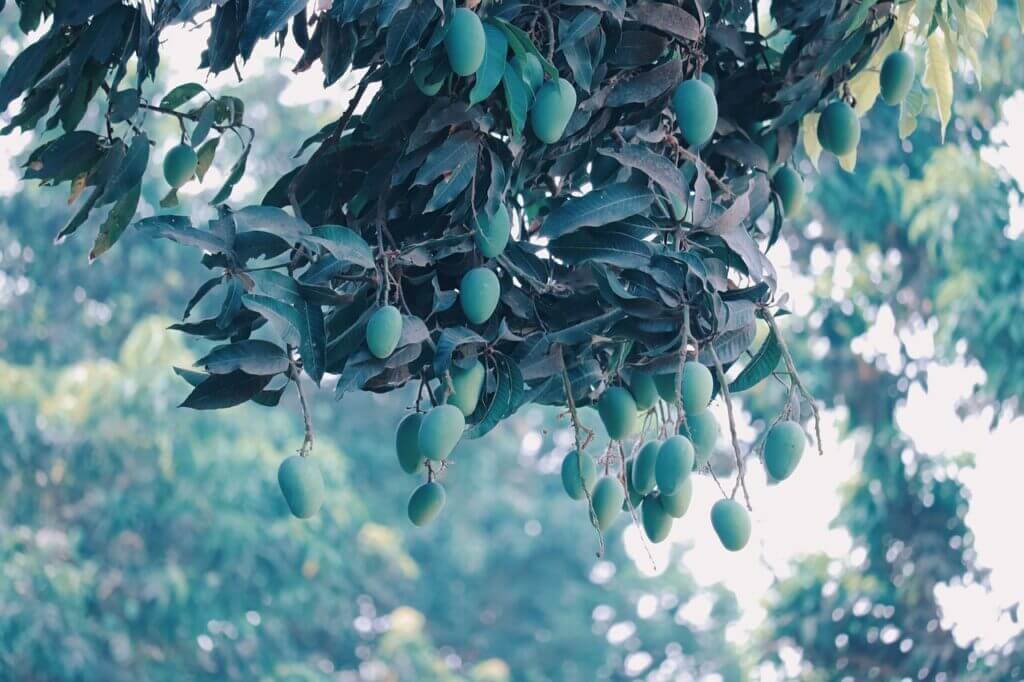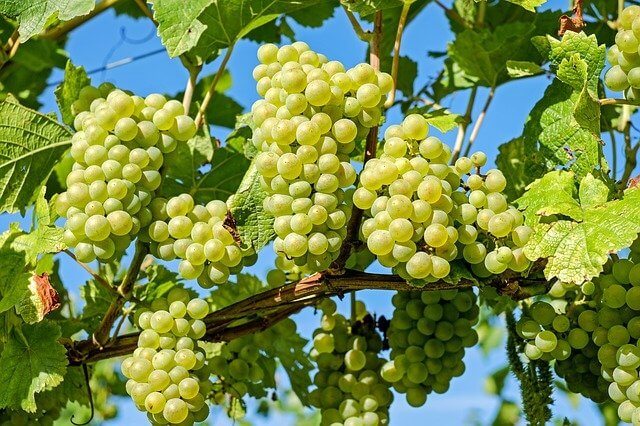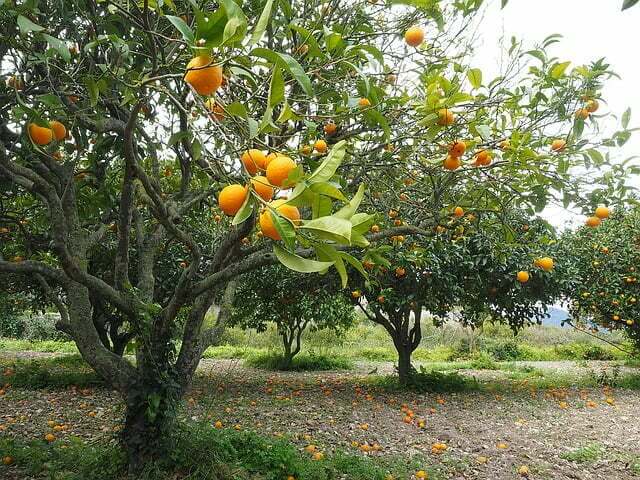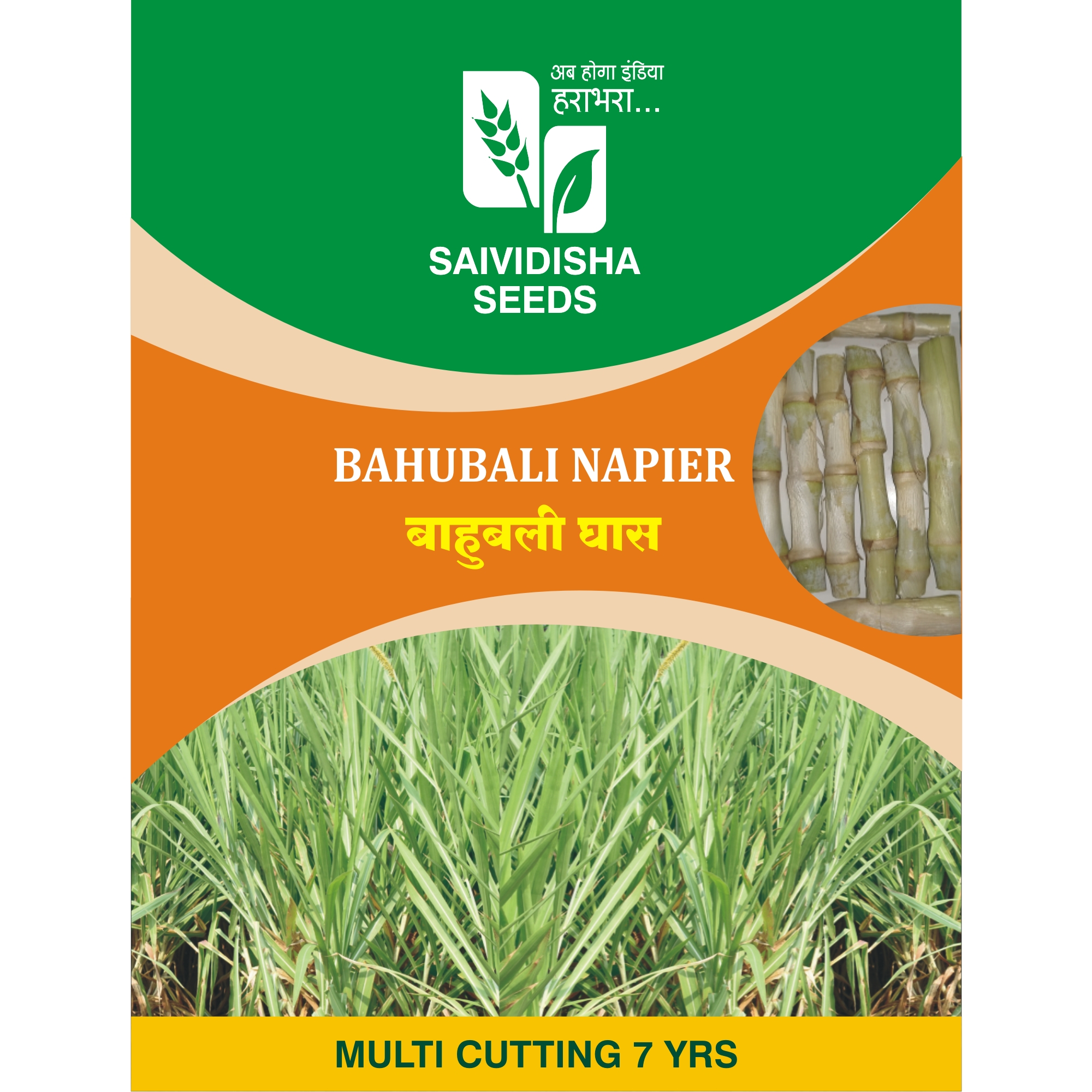Orchard cultivation methods
Orchard planting is a long-term, high-investment affair and the initial mistake cannot be made up later. Therefore, in the planning of cultivation, it is important to study the selection of land, soil testing, selection of fruits, planting plan, genus cuttings, selection of plants, availability of water, market.
Select well drained soil for planting fruit crops. Ground level should be between 6.5 and 7.5. Fruit crops should be selected according to the depth of soil. Depth of soil to a pan, 30 to 45 cm. I Bore, custard apple, cashew should be cultivated in such soil. But 7.5 cm. I No fruit trees should be planted in soil less than.
1) 45 to 90 cm in medium deep soil. I Peru, pomegranate, fig, papaya should be planted.
2) Mango, Chiku, Chinch, Jambul, Citrus fruit trees require lands of more than one meter depth.
3) Land for orchards should be as flat as possible. Land slope should not be more than 2 or 3 percent. In areas where the slope is more than 15%, fruit crops should be planted in stages using drip irrigation method.
4) If the slope of the land is towards south-west, it is good for fruit trees. Because in such places the air stays hot and dry.
5) After selecting the land, cultivate the land. The soil should be examined with a representative sample. Fertilizer should be planned accordingly.
6) After pre-tillage work, in April-May, take ditches of suitable length and width as per the recommended planting spacing of fruit trees.
7) Before digging pits for horticulture, pits should be dug according to which planting method is to be used. In each method, pits should be dug according to the distance between the two trees and between the two rows.

Cultivation methods
When planting fruit trees, choose the right planting method. This is because the production of fruit trees, the incidence of diseases and pests depend on these things. If the planting is too close, that is, if the distance between the two plants is not kept as recommended, then the humidity in it increases. The wind doesn’t blow. The incidence of diseases and pests increases in this garden. For example, now some farmers in pomegranate orchards are planting trees near the distance recommended by the Agricultural University. Later, oily spots and morbidity were seen in this place.
Square layout method
1) Orchard land is divided into squares according to the square layout method of orchard cultivation. Fruit trees are planted on all four corners of the square. So the distance between the two rows and the trees remains the same.
2) Two rows of fruit trees intersect at right angles to each other. This method makes it easy to cultivate the garden vertically and horizontally.
3) Trees can be watered in both directions.
4) Mango, Peru, Chiku and other fruit crops are easily cultivated according to this method.
Rectangle layout method
1) This method is slightly different from the square method. This is because the distance between two rows has to be greater than the distance between two trees.
2) For example- there is a distance of 6 to 8 feet between two rows of fruit trees and 3 to 4 feet between two rows of fruit trees. Pomegranate and grape cultivation should be done in a rectangular pattern with short spacing.
3) This method has all the advantages of square method. But cultivating in the garden is a bit difficult.

Equilateral triangular layout method
1) Equilateral triangular layout method is similar to square method. But the fifth tree is planted in the middle of the square. The life span of that plant is short.
2) When the trees in the square grow big, they remove the fifth tree. Among the slow growing trees like Mango, Chiku, Litchi, they plant a fifth variety.
3) In this method the number of trees is almost doubled. This increases the density of trees and hinders the cultivation of the garden. So after a few years the middle tree has to be removed.
Hexagonal method
1) Plants are planted on the corners of equilateral triangles in hexagonal pattern. So six trees sit at the six corners of the hexagon and one tree in the center. In this method all the trees have equal spacing. 2) Cultivation can be done vertically and horizontally on the diagonal line. In this method about 15% more plants are planted. But in the square method, the trees were dense, the cultivation work was difficult. This method is not commonly used.
Symmetrical line layout method
1) In hilly areas where land is not flat, this method is used for orchard cultivation.
2) If the slope of the land is high, it is difficult to cultivate and irrigate. The soil was incense. In such cases, planting of fruit trees should be done on a flat line instead of a straight line.
3) Cultivation should be done in a flat line in the garden, watering should be done or drip irrigation system should be used. In this method the distance between the trees is not the same.
4) The number of trees per acre is less than other methods.

Intensive planting method
1) At present many farmers are using this method especially for mango and guava cultivation. The only difference is that in the traditional method, the mango cuttings are 10 m apart. × 10 m. At a distance, Peru 6 × 6 m. Get rid of at a distance. During intensive planting, the spacing between the two crops is 3 m. × 2 m. Planted at a distance.
2) This method of planting increases the number of trees per acre, but this method of pruning and turning the trees, if the two points are arranged according to the scientific method, then the fruit bearing of the tree is quick and abundant. Otherwise it affects.
When choosing planting methods
1) Get the same area for each fruit tree.
2) Intercropping in the orchard, spraying on trees and watering of trees should be done easily.
3) The garden should be easily managed.
4) Space should be left for orchard growth. Vegetable crops and seasonal flowers should be planted in this area till fruit trees are planted.
Plantation planning –
1) Dig pits in April and May. The pits should be heated in intense sun for at least 20 days.
2) Seeds should be purchased from Agricultural University, Agricultural Science Center, Government Nursery or Government approved private nursery.

The size of the pits for the fruit tree
The name of the fruit tree is the size of the pit
1) Mango, Orange, Citrus, Fennel, Chiku, Peru, Coconut and Arecanut 90 cm. I 90s. I 90s. I
2) Paper Lemon 75 × 75 × 75 cm. I
3) Pomegranate, cashew, bore and fig 60 × 60 × 60 cm. I
4) Banana, Amla, Custard apple and Papaya 45 × 45 × 45 cm. I
5) Grapes 60 cm. I Deep and 60 cm. I Wide variable
6) Pineapple 90s. I Wide and 22 to 30 cm. I Open consecutive variables







